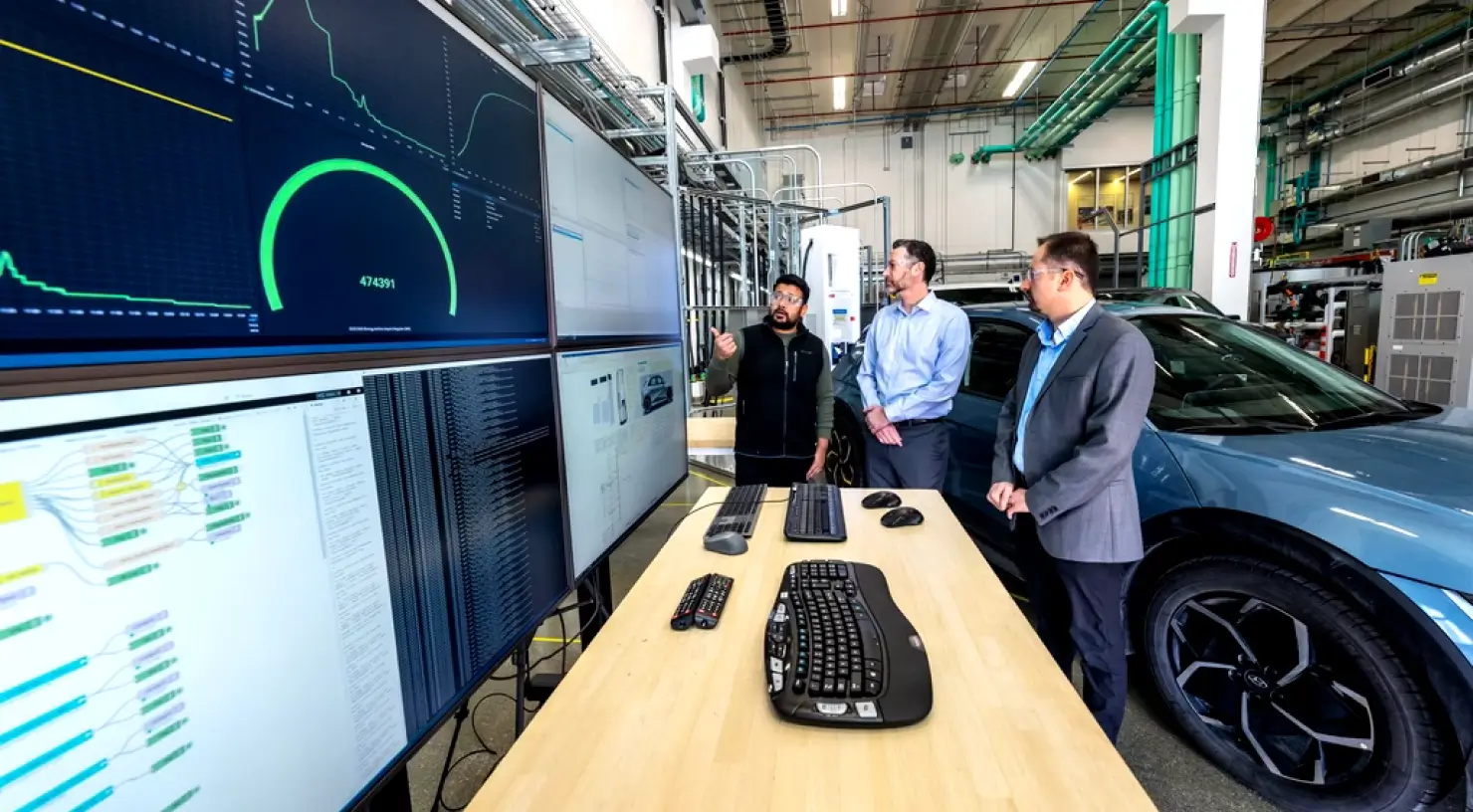Electric Vehicle Charging Data and Analytics
The Joint Office supports the increased deployment of publicly available electric vehicle (EV) charging and refueling infrastructure, improved EV public charging experience, enhanced decision-making and transparency, and private sector support and job creation. We make it easy for all Americans to choose to ride and drive electric by sharing data, tools, and resources and leveraging analytics to support industry and mobility choices.

Featured Publications
National Vehicle Itinerary Generator (NAVIGAT) Simulation Model: Understanding the impacts of EVs on emissions, air quality, and community health to help policymakers make informed decisions about infrastructure and environmental strategies.
2030 National Charging Network Report: Estimating infrastructure demand to support 30–40 million EVs on the road by 2030.
National Zero-Emission Freight Corridor Strategy: Prioritizing planning, and deployment for medium- and heavy-duty vehicle charging and refueling infrastructure along our nation’s freight corridors.
EV Charging Stations and Corridors
Ensuring everyone who chooses to ride and drive electric can easily find available charging stations. These maps and data from the Alternative Fuels Data Center can help you locate charging stations by charging level, access type, station status, and whether they are on or off major corridors.
EV Charging Reporting and Analytics
These efforts expand data sharing between the public and private sectors to ensure accountability and verify reliability and pricing transparency of the growing national network of EV chargers funded through the National Electric Vehicle Infrastructure (NEVI) Formula Program, the Charging and Fueling Infrastructure (CFI) Discretionary Grant Program, and the Electric Vehicle Charger Reliability and Accessibility Accelerator. EV-ChART is the centralized hub for federal funding recipients to submit data required by 23 CFR 680.112.
Charging Infrastructure Planning, Siting, and Costs
Working across agencies and with national laboratories to develop EV charging planning tools and making those tools available to everyone.
Grid Integration and Utility Engagement
Bridging the gap between transportation and energy and enabling users to better plan for EV infrastructure implementation.
Economic Impact and Job Creation
Tools to evaluate the economic impacts, such as job creation, associated with deploying EV charging stations.
Innovative Research
Modeling tools, reports, and publications to continue building understanding of demands for and impacts of vehicle charging and refueling infrastructure.
News and Events
Partnerships and Supporting Offices
The Joint Office collaborates with other government agencies and offices, as well as research partners.
For questions about EV-ChART, submit an inquiry to the Joint Office.
To contact the Data and Analysis Team, submit an inquiry to the Joint Office.
